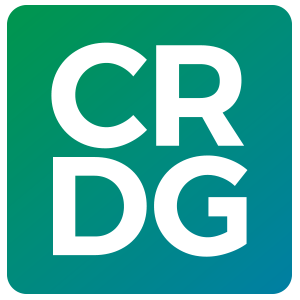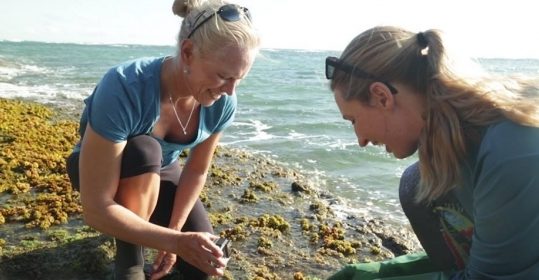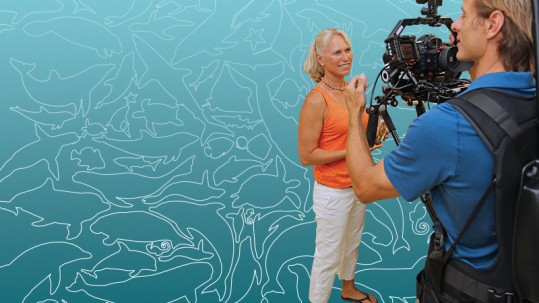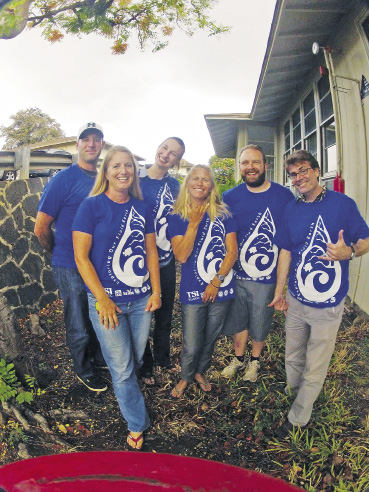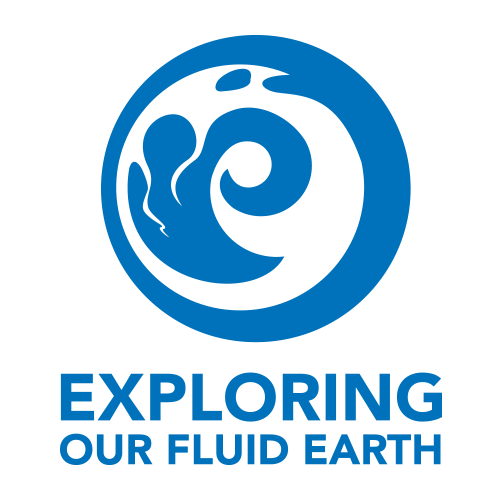 The Exploring Our Fluid Earth curriculum is grounded in the inquiry approach to learning and examines marine and freshwater systems of the earth by studying the influence of water on the planet. Exploring Our Fluid Earth is based on the nationally recognized Fluid Earth/Living Ocean (FELO) aquatic science curriculum (Klemm et al., 1990; Klemm et al., 1995).
The Exploring Our Fluid Earth curriculum is grounded in the inquiry approach to learning and examines marine and freshwater systems of the earth by studying the influence of water on the planet. Exploring Our Fluid Earth is based on the nationally recognized Fluid Earth/Living Ocean (FELO) aquatic science curriculum (Klemm et al., 1990; Klemm et al., 1995).
Exploring Our Fluid Earth comprises the essential elements of a year-long course in marine science at the high school level. The curriculum is organized into modules with a series of related lessons that build conceptual understanding in four content modules: physics, chemistry, biology, and ecology. The disciplinary focus allows teachers to utilize the most relevant portions of the curriculum in their teaching—to teach their course concepts in the context of the aquatic environment.
Exploring Our Fluid Earth is aligned to the Next Generation Science Standards and the Ocean Literacy Principles throughout the curriculum. Alignments are outlined in the Standards Module and searchable via the search feature. Elements of scientific practice are explored in the standards module.
The teacher community provides a hub for educators to interact and share resources. All comments and materials are embedded in the content and aggregated in the teacher community.



